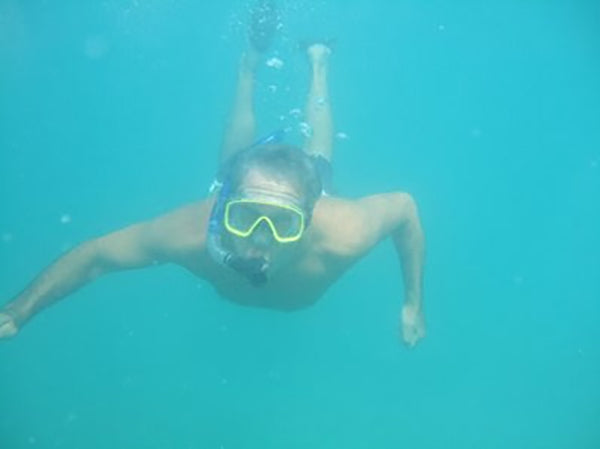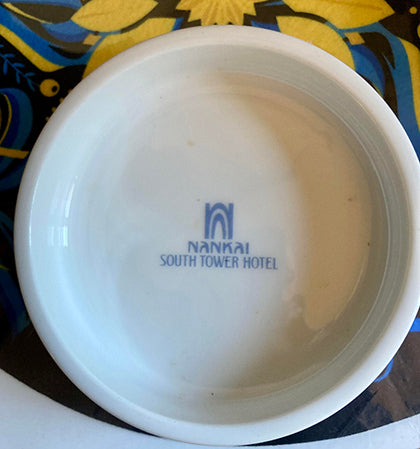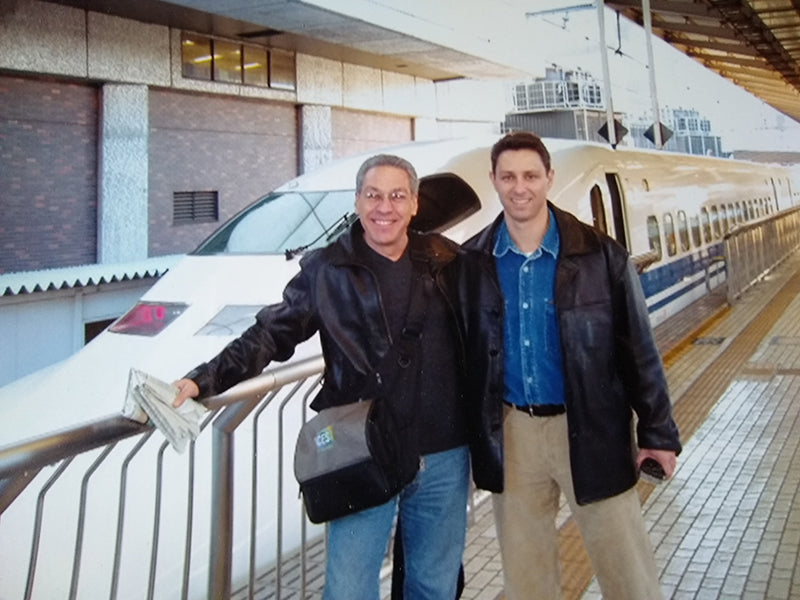How does a manufacturer get their new product noticed? What kind of event would draw the most attention, and what is the most effective way to make a new product announcement? Hold a press event? Yeah, sure, but how do they make it compelling? This is the money question and the dilemma. It has been said previously that 50 percent of all advertising and marketing dollars are wasted. Here’s the rub: no one knows which 50 percent is which.
Of course, there is a difference between public relations and its cousin, advertising. Both belong to the family of marketing, even if those barriers are murky. Advertising is about reaching out to the public and creating recognition, hopefully resulting in sales. Public relations is more about shaping the news. Please accept that this is my own personal very brief explanation.
As a consumer electronics journalist I have been on the receiving end of various public relations campaigns. Press conferences of course, but also press junkets. These junkets can be very enjoyable or really taxing. A little of both, I would say.
One of the most enjoyable junkets I embarked on was one of Runco’s dealer’s meetings and awards ceremonies in Cabo San Lucas, Mexico. Founder Sam Runco, maker of high-end video projectors and displays, would hold this annual meeting for the company’s top dealers, and a small group of press along with some publishers. All travel and hotel expenses were covered.
My first time (1999 or 2000), noted CE PR firm Nicoll Public Relations was the agency of record and handled the press. All attendees flew in on Tuesday afternoon and were met and shuttled to the hotel. Ours was one of the many full-service hotels located on Route 1 between Los Cabos and San Jose, a strip of highway known as the Tourist Corridor. That evening there was a cocktail hour by the pool, a meet-and-greet thingy that evolved into a dinner party. Altogether there were about 100 to 150 guests. It was nice.
As I said earlier, every junket is different. This was more of a dealer meeting than a press junket. On Wednesday morning a roundtable discussion was scheduled. Sam Runco would run the discussion (I mentioned in a previous article that Sam is the one who coined the phrase “home theater.” The agenda was about their market. These people were custom installers and those installations included Runco’s projectors. These were not trunk slammers – they were high-end CEDIA (Custom Electronics Design and Installation Association) companies who built the equivalent of small movie theaters in peoples’ homes. Big projects, for well-off customers and celebrities. Sam quoted what John Travolta said when he inspected his new home theater room: “This is what I hoped for, but I didn’t think it would turn out this good!”

A Runco Reflection CL-410 video projector, introduced in 2005. It delivered 800 ANSI lumens, impressive in its day (current projectors can produce thousands of lumens).
Sam stressed that they were dealing with the carriage trade. Their clients were not bargain hunters. Runco sold projectors that one could not buy at Best Buy. He noted, “Do we think that Steve Jobs told Paul Allen about the good deal he got on his Lamborghini?” “No,” Sam said, “Steve and Paul would be interested in who got more and paid more.” If Steve paid $429,000 and Paul paid $379,000, then Steve got the bragging rights and the better car. This is about who got the nicest home theater. Saving money was not the criteria.
These roundtable discussions lasted till 1 p.m. and then we were free. They were held on Wednesday and Thursday, and in some years, on Friday. In the evenings everyone would go into Cabo or San Jose for dinner. The restaurants in both towns were world-class, though Cabo, which is larger, seemed to have more of the touristy kind. I preferred San Jose because it was quaint. In both towns the food was locally grown and raised on the Baja Peninsula. The local government understood tourism, so food from other parts of Mexico was not permitted. The result was that no one got Montezuma’s Revenge, and you could drink the water (so I was told; I drank Coke and bottled water). The restaurant prices were like those in Los Angeles or Manhattan.
Saturday night featured an awards ceremony for dealers on the beach, which everyone attended. During the ceremony we were served lobster and steak dinners. The night sky in Cabo was so clear, with hardly any light pollution. You could actually see some satellites. Sunday morning after breakfast everyone boarded a bus to the airport. One year happened to be the start of daylight savings time, and most of the airport employees showed up an hour late, making a real mess of things. If it wasn’t so frustrating it would have been comical. The Sunday we flew back after the Runco events was always the Sunday before Easter. I thought that was a good way to start the summer.
At another junket, around 2010, Panasonic’s LUMIX camera division introduced their first waterproof pocket-sized digital camera. They flew a bunch of us down for the day to South Beach, Florida for a hands-on experience. At the time I was contributing to E-Gear, Dvice (NBCUniversal was their parent company) and DVD ETC. We spent the day taking pictures of each other underwater and on the beach, putting the cameras through its paces. Then we had a group dinner at a South Beach restaurant.

The author takes a dive at a LUMIX press event.
After dinner we had to wait for the bus to take us back to our hotel, the Ritz Carlton in Coconut Grove. The bus was running late. We were waiting on Ocean Drive standing around under some tall palm trees. Suddenly a coconut fell and just missed E-Gear editor Grant Clauser. It had fallen from a height of approximately 20 feet and landed with a loud thump, Mere inches from him. Grant was understandably upset, really freaked out. “What if that had hit me on the head?” he exclaimed. “It would have cracked my skull. Don’t they inspect those trees? This is public property!”
Next morning, we flew home.
The space shuttle Columbia broke apart on February 1, 2003, while re-entering the Earth’s atmosphere, killing all seven crew members. That Sunday morning, I was on the way to JFK for a flight to Japan. As our small group of journalists waited to board, we briefly heard the tragic news. After crossing the International Date Line, we landed in Tokyo around 5 o’clock Monday afternoon.
We were met by the Panasonic team, and they very solemnly expressed their condolences. At the hotel we had a splendid view of Tokyo Bay. The bay is in the Tokyo-Yokohama metropolitan area. In my room I noticed possibly the last ash tray I ever saw in a hotel room. That night we all had dinner in the hotel. There were journalists from across the world, possibly a hundred.

End of an era: ashtray at the Nankai South Tower Hotel.
I was sitting with Greg Tarr of CE trade magazine TWICE, David Carnoy of CNET, and journalists Clint Walker and Shane Buettner. (Grant is now a technology editor at Wirecutter, Shane is the owner of Intervention Records and co-founder of MIBS Distro, and David has a number of novels to his credit in addition to his role at CNET). Being jet lagged, we had an early evening and then they had us up at 6 A.M. We had a long day of visiting factories, finishing up around 9 or 10 in the evening – and back at it first thing in the morning. The last day in Tokyo we went to a press conference. There were easily a couple of hundred Asian journalists. We were instructed not to ask any questions. At the end of the press conference, Panasonic executives asked if there were any questions. Three prearranged softball questions were asked by the local press and that was it, event over.
That night the Panasonic folks hosted a farewell dinner with the American press. At the end of the dinner bottles of sake were placed on all the tables. The Panasonic guys started doing sake shots and encouraged us to join in. They, and Clint and I, got sh*t faced. The next morning, Greg scolded me. “The Japanese wanted to party. They were probably glad the dog and pony show was over, thus, the celebration – but they did not want to see you get drunk!”
The next morning, they put us on the high-speed bullet train south to Osaka. It was fast, exceptionally smooth. One of things that impressed me as we were speeding though the small local train stations was that there were hundreds of bicycles parked and leaning all around the train stations, seemingly unlocked. To my thinking, the locals rode their bikes to the station and then took the train to the city, work etc. In the evening they came back and got their bikes and rode home. Two things impressed me: one the bikes seemed unlocked, so the impression of community trust was amazing, and two, the quaintness of all those folks riding bikes (and not cars) to the train station. It spoke to a different kind of community than my experiences in our big cities.

The author and CNET’s David Carnoy at the bullet train to Osaka.
Further south we passed within sight of the snowcapped Mount Fuji. Impressive. Arriving in Osaka we were told that the vibe in Osaka was different than Tokyo. “How is that?” I asked. “Oh, Osaka is wilder, more informal, edgy even.” “Really? How is that?” I asked again. “Well, the people in Tokyo are more formal, proper even. In Osaka, the folks just do not care. They ride their bikes on the sidewalk and in Tokyo that would never happen.” Quaint, I thought, but also, a big takeaway. Firsthand, I had experienced that Japan is more communal and considerate.
On our last night in Osaka, five of us went to the bar on the top floor of our hotel. Looking down, we saw a street that had a covered canopy which extended over a mile. Underneath the covering were shops and stalls, all in bright lights. It looked like an incredibly long marketplace. It was interesting.
When the check came, Clint offered to pay. Next morning, he told me the five drinks cost $363.00. Yikes! Then we were escorted to a local subway that took us to the airport. I was surprised after all that handholding, they just put us on the train and said goodbye.
David Carnoy and I were on the same flight home. We flew directly to Detroit (I was surprised as I had assumed we would be flying directly to JFK) from Osaka, went through customs there, and then took a commuter flight home to New York. David and I shared a cab into the city. The whole trip took six days including travel.
Not every press junket is fun. Some have been referred to as “a death march to Bataan.” The manufacturers always hoped to make these trips compelling. But after all, they are not vacations. It is not lost on us that our hosts have their point to get across.
Header image courtesy of Pexels.com/Zachary DeBottis.













0 comments